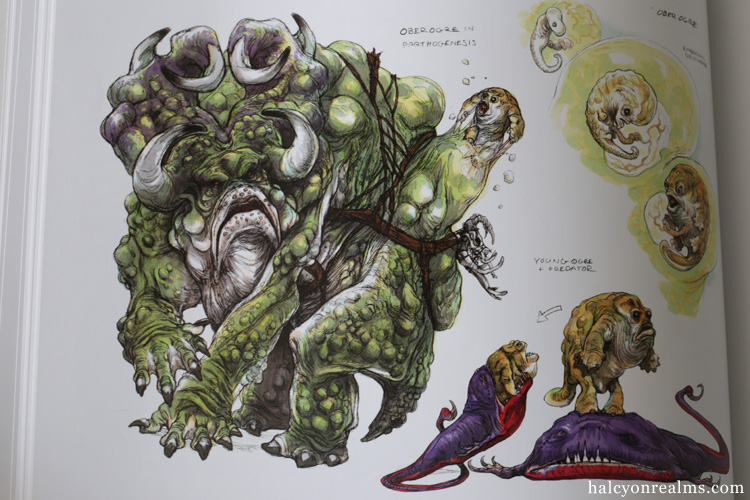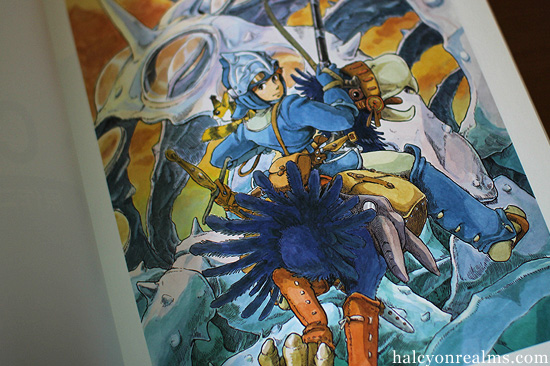Films Retrospective 2003 / Top 10 Favourite films poll ( not in any order of merit )
For complete list of films watched, please click on the comments box.
1)The Pianist ( Roman Polanski )
2)Tasogarei Seibei ( Yoji Yamada )
3)Lord Of The Rings The Return of the King ( Peter Jackson )
4)Matchstick Men ( Ridley Scott )
5)Tale of 2 Sisters ( Kim Ji-Wun )
6)Hero ( Zhang Yimou )
7)City of God ( Fernando Meirelles )
8)The Hulk ( Lee Ang )
9)Finding Nemo ( Andrew Stanton )
x)Swimming Pool / Bon Voyage ( Francoiz Ozon/Jean Paul Rappaneau )
A bountiful year for the cinema, having watched about a hundred films altogether, give or take a few that I’ve missed the ticket stubs. This year especially we saw the closure of 3 trilogies, Hollywood behemoths The Matrix series, Lord of the Rings and our asian Infernal Affairs, some more palatable than others, but all highly anticipated. The Singapore Film Festival still proves a valuable event for catching good foreign films, although often with clashes in schedules.
Notable misses include Chen Kaige’s Together, and a few films from the recent German Film Festival, but I believe we still have a chance to catch Goodbye Lenin. With outstanding films like Korea’s Memories of Murder failing to show up in theatres ( hitherto at least ), it proves more so that outsourcing non hollywood fare on magazines and websites are imperative if we want to catch them, on dvd at least. ( David Cronenberg’s Spider, Shunji Iwai’s All About Lili Chou Chou, Intacto, just to name a few. )The rest of the local population at least, will never know what they are missing.











